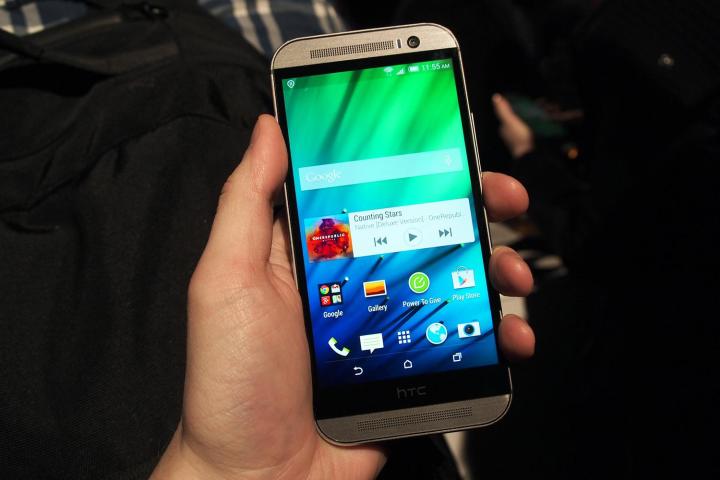
Qualcomm announced, via Twitter, that its Quick Charge 2.0 in-device charging technology is making its way into devices and wall chargers. A device incorporating Quick Charge 2.0 can charge up to 75 percent faster than those without it. It improves upon its predecessor, Quick Charge 1.0, which recharged 40-percent quicker. The technology can be found in Snapdragon 800-powered smartphones and tablets.
Quick Charge 2.0 was officially revealed back in February 2013, but it’s finally making its way into products, like the newly announced HTC One M8, which uses the Snapdragon 801 processor. So, how fast are we talking about? According to Qualcomm’s lab tests, Quick Charge 2.0 can juice up a 3300mAh battery to 100 percent in 96 minutes, compared to 144 minutes with Quick Charge 1.0 and 270 minutes with conventional chargers. Even if you’re short on time, Quick Charge 2.0 can recharge a battery to 25-percent in 12 minutes.
Let’s geek out for a minute: This isn’t just a product you can buy. The technology must be integrated into the device (as a standalone IC [integrated circuit] or as part of the power management IC [PMIC] in Snapdragon 800 processors] and in an AC/DC wall charger. It will be built into standard Micro USB-based AC/DC wall chargers, making it backward compatible with older devices that use Quick Charge 1.0 or not – you just won’t get the full 2.0 recharging capabilities. So, if you have an older phone, don’t rush out to buy a Quick Charge 2.0 charger thinking it’ll boost your recharging times, as the phone must also support the newer tech.
There’s no word yet on where you can purchase the charger. While the aforementioned HTC One M8 is compatible with Quick Charge 2.0, you’ll need to purchase a new charger that’s compliant, which may not be available until later this year (the charger that’s currently bundled with the One M8 uses Quick Charge 1.0). We will update this story once we get word on availability.
Quick Charge 2.0 is here. True to its name, the technology lets you charge devices 75% faster. http://t.co/KRLfATFFiL pic.twitter.com/x6J6QjtCAL
— Qualcomm (@Qualcomm) April 4, 2014
Article was updated with additional information by Les Shu.

